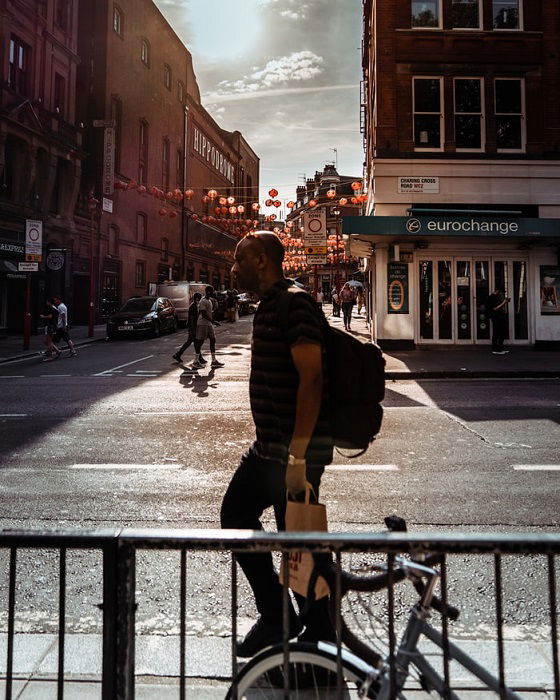3 Simple Techniques For Framing Streets
3 Simple Techniques For Framing Streets
Blog Article
Framing Streets Things To Know Before You Get This
Table of ContentsThe Basic Principles Of Framing Streets Getting The Framing Streets To Work3 Simple Techniques For Framing StreetsFraming Streets Can Be Fun For EveryoneThe Facts About Framing Streets UncoveredWhat Does Framing Streets Mean?
Photography category "Crufts Pet dog Show 1968" by Tony Ray-Jones Street photography (also sometimes called candid digital photography) is digital photography carried out for art or inquiry that features unmediated possibility encounters and arbitrary occurrences within public locations, usually with the aim of capturing photos at a crucial or poignant minute by mindful framing and timing. 
, that was motivated to take on a comparable paperwork of New York City. As the city created, Atget helped to advertise Parisian streets as a worthy subject for digital photography.

Framing Streets for Beginners
Martin is the first tape-recorded professional photographer to do so in London with a disguised cam. Mass-Observation was a social research study organisation founded in 1937 which intended to videotape day-to-day life in Britain and to record the reactions of the 'man-in-the-street' to King Edward VIII's abdication in 1936 to marry divorce Wallis Simpson, and the succession of George VI. The principal Mass-Observationists were anthropologist Tom Harrisson in Bolton and poet Charles Madge in London, and their first record was created as the publication "May the Twelfth: Mass-Observation Day-Surveys 1937 by over two hundred viewers" [] Home window cleaner at Kottbusser Tor, Berlin, by Elsa Thiemann c. 1946 The post-war French Humanist College professional photographers found their topics on the road or in the restaurant. Andre Kertesz.'s extensively admired Images la Sauvette (1952) (the English-language version was entitled The Crucial Minute) advertised the concept of taking a photo at what he labelled the "decisive minute"; "when kind and material, vision and composition merged right into a transcendent whole" - Best Zoom Lens.
Some Ideas on Framing Streets You Need To Know
The recording equipment was 'a covert cam', a 35 mm Contax hidden underneath his coat, that was 'strapped to the upper body and connected to see here now a long cord strung down the right sleeve'. However, his job had little modern influence as as a result of Evans' sensitivities concerning the creativity of his project and the personal privacy of his topics, it was not published till 1966, in guide Numerous Are Called, with an intro created by James Agee in 1940.
Helen Levitt, then an educator of young youngsters, linked with Evans in 193839. She documented the transitory chalk drawings - vivian maier that became part of kids's street society in New york city at the time, along with the kids who made them. In July 1939, Mo, MA's new digital photography area included Levitt's operate in its inaugural eventRobert Frank's 1958 book,, was considerable; raw and usually indistinct, Frank's images questioned mainstream photography of the time, "tested all the official guidelines put down by Henri Cartier-Bresson and Pedestrian Evans" and "flew in the face of the wholesome pictorialism and sincere photojournalism of American magazines like LIFE and Time".
Report this page